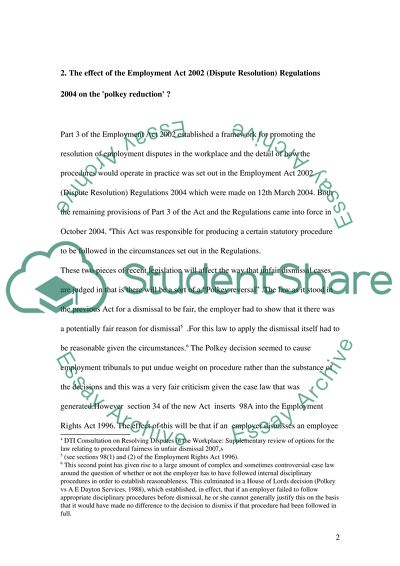Cite this document
(“Polkey Reduction Essay Example | Topics and Well Written Essays - 2500 words”, n.d.)
Retrieved from https://studentshare.org/law/1527720-polkey-reduction
Retrieved from https://studentshare.org/law/1527720-polkey-reduction
(Polkey Reduction Essay Example | Topics and Well Written Essays - 2500 Words)
https://studentshare.org/law/1527720-polkey-reduction.
https://studentshare.org/law/1527720-polkey-reduction.
“Polkey Reduction Essay Example | Topics and Well Written Essays - 2500 Words”, n.d. https://studentshare.org/law/1527720-polkey-reduction.


